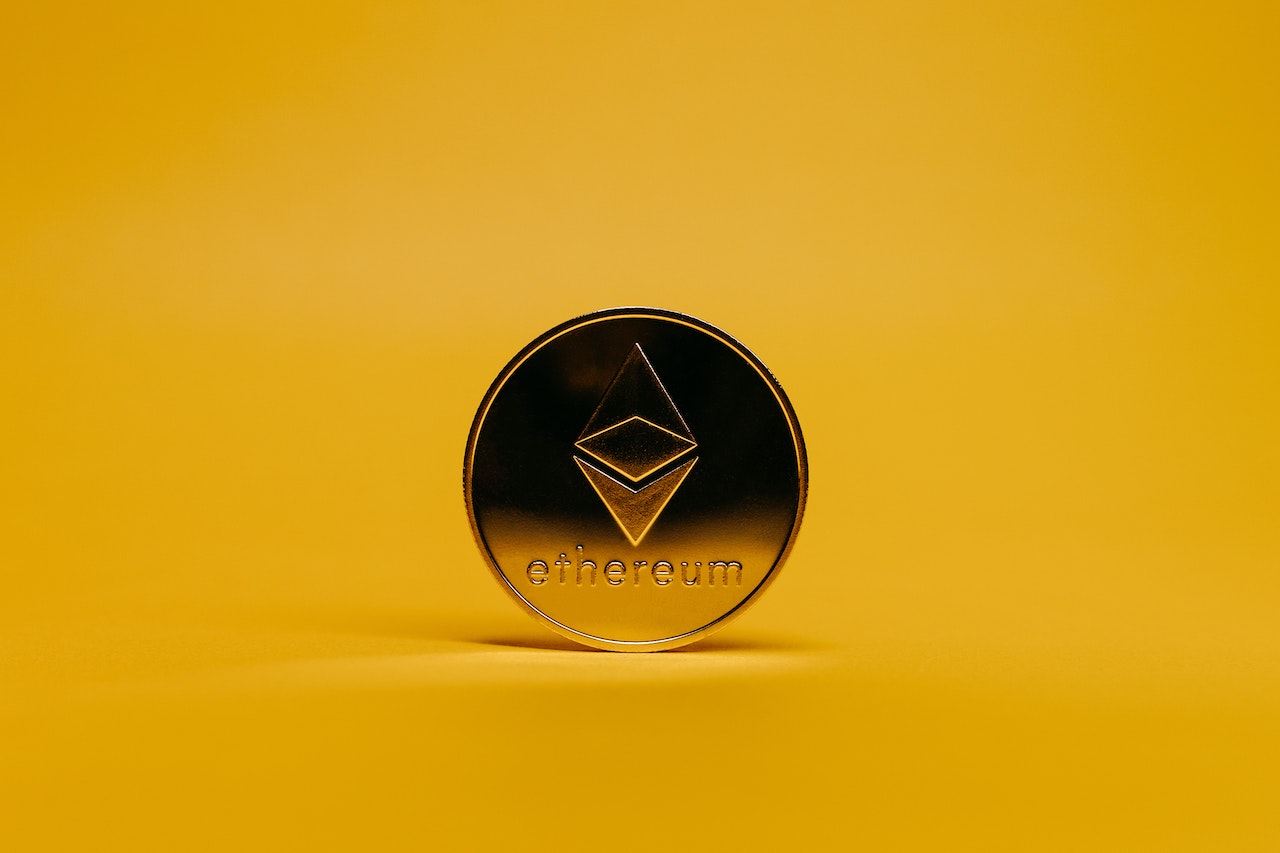
James Carter
Exploring the Best Blockchains for NFT

Non-fungible tokens (NFTs) have gained widespread popularity in the art and collectables world, as they allow creators and collectors to own unique digital assets in a secure and verifiable way. NFTs are digital assets that are represented as tokens on a blockchain, and they differ from other tokens in that they are unique and cannot be replicated. They are used to represent ownership of digital assets such as artwork, collectables, and in-game items, among others.
Blockchains play a crucial role in the creation and ownership of NFTs, as they provide a secure and transparent way to store and transfer ownership of these unique digital assets. With the growing popularity of NFTs, many blockchain platforms have emerged as the best options for creating and storing NFTs.
This article will provide a comprehensive explanation of the best blockchains for NFTs, and it will give a detailed explanation of each blockchain’s strengths and weaknesses, as well as their potential applications.
WATCH THE VIDEO BELOW FOR A BETTER UNDERSTANDING
Ethereum
Ethereum is a decentralized, open-source blockchain platform that was designed to support smart contracts. It is one of the most popular blockchains for NFTs and has become the de facto platform for creating NFTs. Ethereum provides a secure and transparent way to store and transfer ownership of NFTs, and it has a large developer community that is constantly working on improving the platform.
- Advantages of Ethereum for NFTs
Large Developer Community: Ethereum has a large and active developer community that is constantly working on improving the platform. This means that new features and upgrades are continually being added to the platform, making it easier for creators and collectors to create and manage NFTs.
Smart Contracts: Ethereum was designed to support smart contracts, which are self-executing contracts that automate the process of transferring ownership of NFTs. This means that creators and collectors can trust that their NFTs will be securely and transparently transferred between parties.
Widely Used: Ethereum is one of the most commonly used blockchain platforms, and it has become the de facto platform for creating NFTs. This means that there is a large market for buying and selling NFTs, making it easier for creators and collectors to find buyers and sellers.
Scalability: Ethereum is working on improving its scalability, which is one of its main limitations. This means that in the future, Ethereum will be able to handle a larger number of NFT transactions, making it an even better platform for NFTs.
Disadvantages of Ethereum for NFTs
Scalability Issues: Ethereum has scalability issues, as it can only handle a limited number of transactions per second. This can result in slow transaction times and high fees, especially during periods of high demand. This can be a significant disadvantage for NFTs that have a large number of buyers and sellers, as it may cause delays or slowdowns.
High Transaction Fees: Ethereum’s transaction fees can be increased, especially during periods of high demand. This can make it difficult for creators and collectors to use the platform, as they may need to pay high fees to transfer or sell their NFTs.
Complexity: Ethereum is a complex platform that requires a certain level of technical knowledge to use effectively. This can make it difficult for some creators and collectors to use the platform, and it may also increase the risk of errors or security vulnerabilities.
Decentralization Risks: Ethereum is a decentralized platform, which means that there is no central authority or organization that controls it. This is a significant advantage for many creators and collectors, as it provides a secure and transparent way to store and transfer ownership of NFTs. However, it also means that there is a risk of decentralization, as there is no way to prevent or resolve disputes that may arise.
Environmental Impact: Ethereum uses a proof-of-work consensus mechanism, which requires a large amount of computational power and energy. This can have a significant environmental impact, and it may be better for those who are concerned about the environmental impact of blockchain technology.
Binance Smart Chain
Binance Smart Chain (BSC) is a high-performance blockchain platform that was developed by Binance, one of the largest cryptocurrency exchanges. BSC was designed to provide a fast and low-cost way to transfer cryptocurrency, and it has since become a popular platform for creating NFTs.
- Advantages of Binance Smart Chain for NFTs
Fast and Low-Cost Transactions: BSC was designed to provide fast and low-cost transactions, which makes it an excellent platform for NFTs. This means that creators and collectors can quickly and cheaply transfer ownership of their NFTs, making it easier for them to buy and sell NFTs.
Interoperability with Binance: BSC is integrated with Binance, one of the largest cryptocurrency exchanges. This means that creators and collectors can easily exchange their NFTs for other cryptocurrencies, making it easier for them to find buyers and sellers.
High Performance: BSC was designed to provide high performance, which means that it can handle a large number of NFT transactions without slowing down. This makes it a great platform for NFTs that have a large number of buyers and sellers, as it can handle the increased demand without causing delays or slowdowns.
Large Developer Community: BSC has a growing developer community that is constantly working on improving the platform. This means that new features and upgrades are being added regularly, making it easier for creators and collectors to create and manage NFTs.
- Disadvantages of Binance Smart Chain for NFTs
Limited Decentralization: Binance Smart Chain is less decentralized than other blockchain platforms, as it is controlled by Binance. This means that there is a risk of censorship or centralization, which may be better for some creators and collectors who value complete decentralization.
Newer Technology: Binance Smart Chain is a newer technology compared to other blockchain platforms, and it is still in the early stages of development. This means that there may be bugs or security vulnerabilities that still need to be discovered and that may pose a risk to NFTs stored on the platform.

Flow
Flow is a new blockchain platform that was developed specifically for NFTs. It is a fast and scalable platform that was designed to provide a secure and transparent way to store and transfer ownership of NFTs.
- Advantages of Flow for NFTs
Purpose-Built for NFTs: Flow was explicitly developed for NFTs and was designed to provide a fast and scalable platform for storing and transferring NFTs. This means that creators and collectors can trust that Flow is a platform that was built with NFTs in mind and that it provides the best possible experience for NFTs.
High Performance: Flow is a fast and scalable platform, which means that it can handle a large number of NFT transactions without slowing down. This makes it an excellent platform for NFTs that have a large number of buyers and sellers, as it can handle the increased demand without causing delays or slowdowns.
Large Developer Community: Flow has a growing developer community that is constantly working on improving the platform. This means that new features and upgrades are being added regularly, making it easier for creators and collectors to create and manage NFTs.
- Disadvantages of Flow for NFTs
Newer Technology: Flow is a newer technology compared to other blockchain platforms, and it is still in the early stages of development. This means that there may be bugs or security vulnerabilities that still need to be discovered and that may pose a risk to NFTs stored on the platform.
Limited Decentralization: Flow is less decentralized than other blockchain platforms, as it is controlled by its parent company. This means that there is a risk of censorship or centralization, which may be better for some creators and collectors who value complete decentralization.
Conclusion
Ethereum, Binance Smart Chain, and Flow are the best blockchains for NFTs. Each of these platforms provides a secure and transparent way to store and transfer ownership of NFTs, and each has its own strengths and weaknesses. Creators and collectors should consider the advantages and disadvantages of each platform when deciding which blockchain to use for their NFTs, and they should also consider their own needs and preferences.
Ethereum is the most widely used blockchain for NFTs, and it is an excellent platform for those who value decentralization and a large developer community. Binance Smart Chain is a fast and low-cost platform that is integrated with Binance, making it an excellent platform for those who want to quickly and cheaply transfer NFTs. Flow is a new platform that was developed specifically for NFTs,
Latest
Blockchain
09 May 2024
Blockchain
19 Apr 2024
Blockchain
16 Jan 2024
Blockchain
31 Aug 2023
Blockchain
24 Jun 2023
Blockchain
24 Jun 2023













